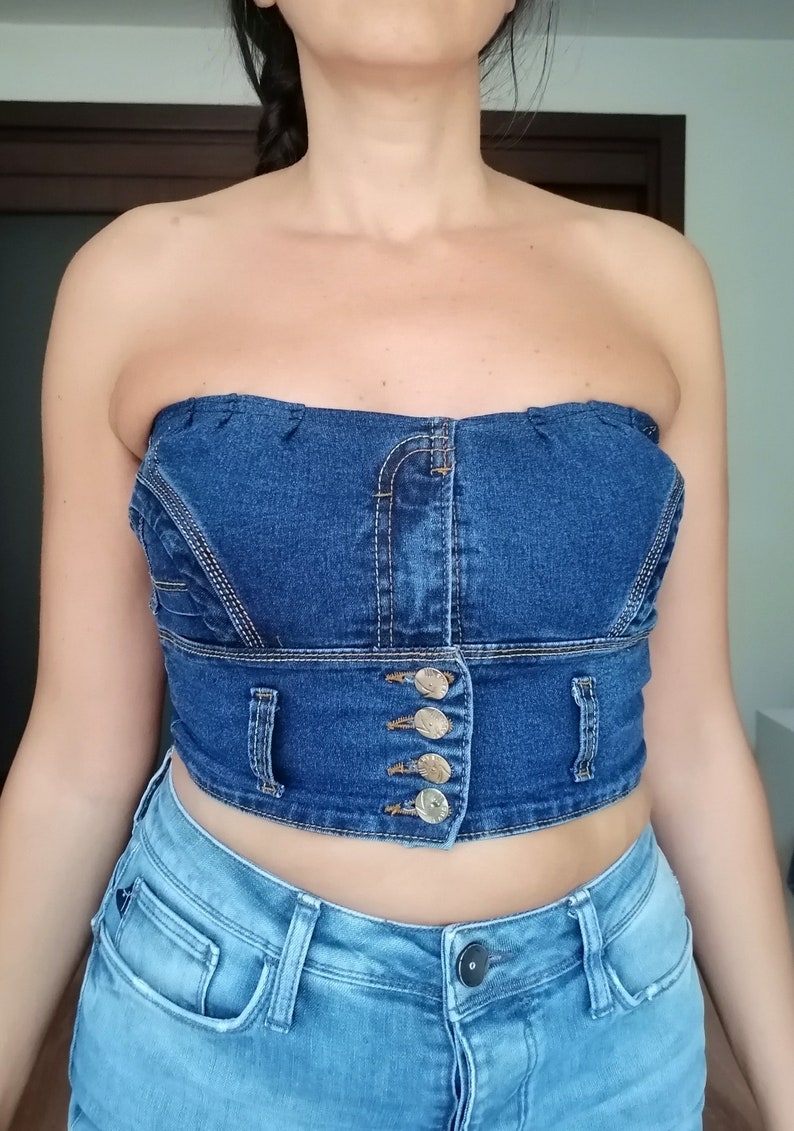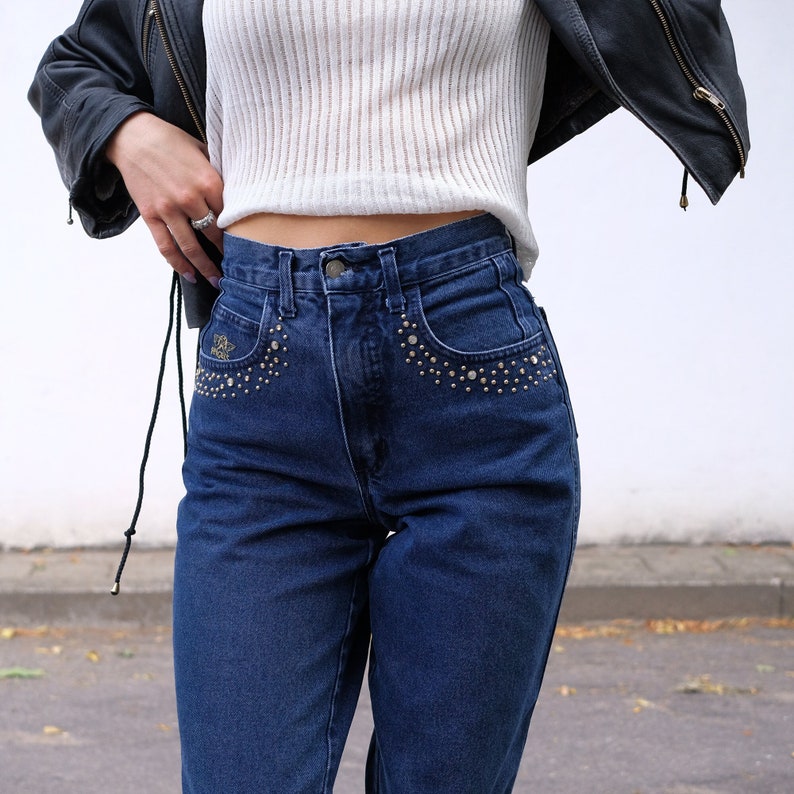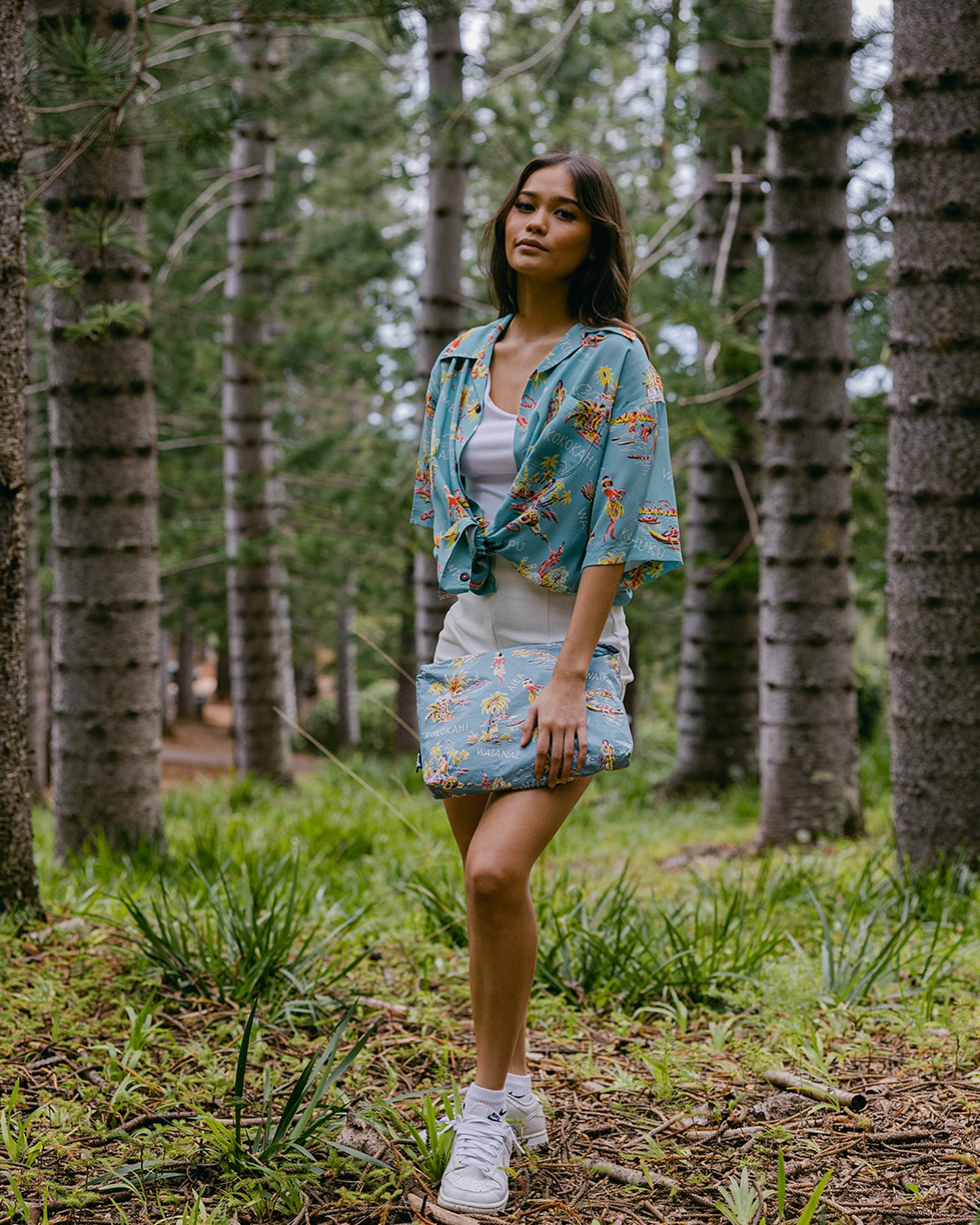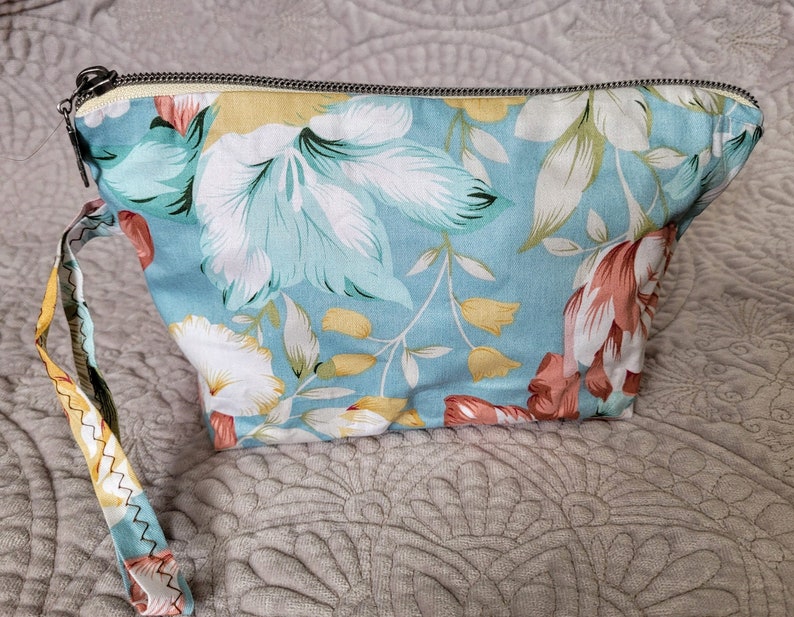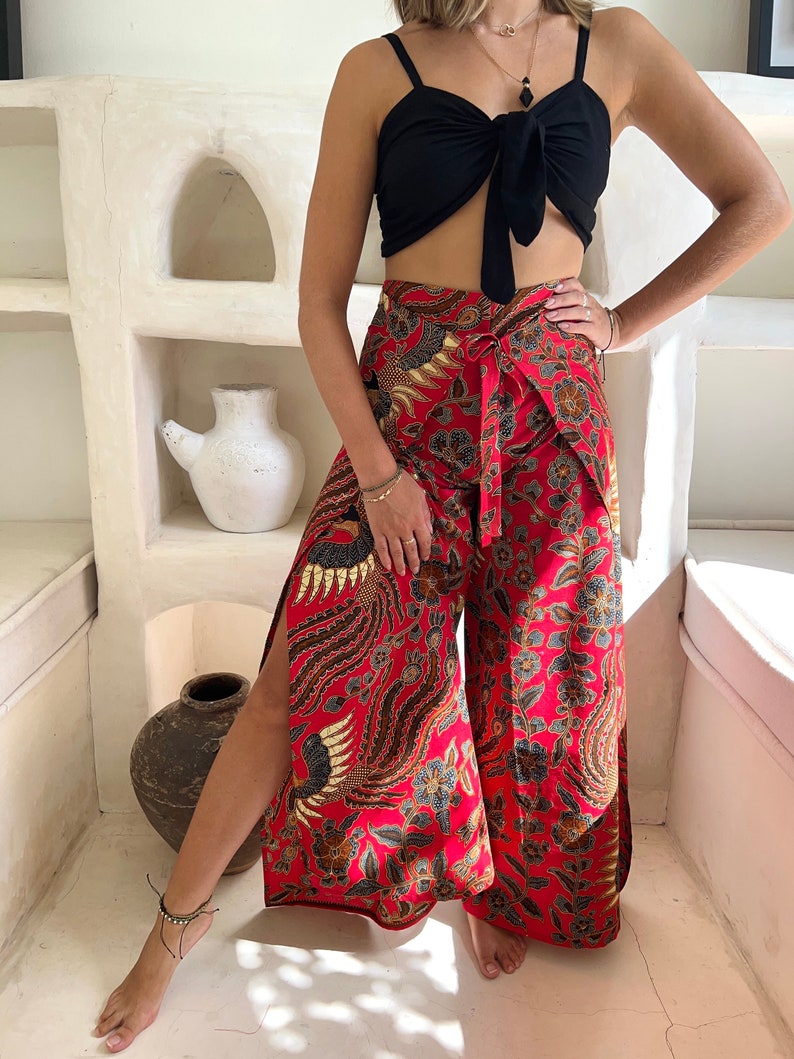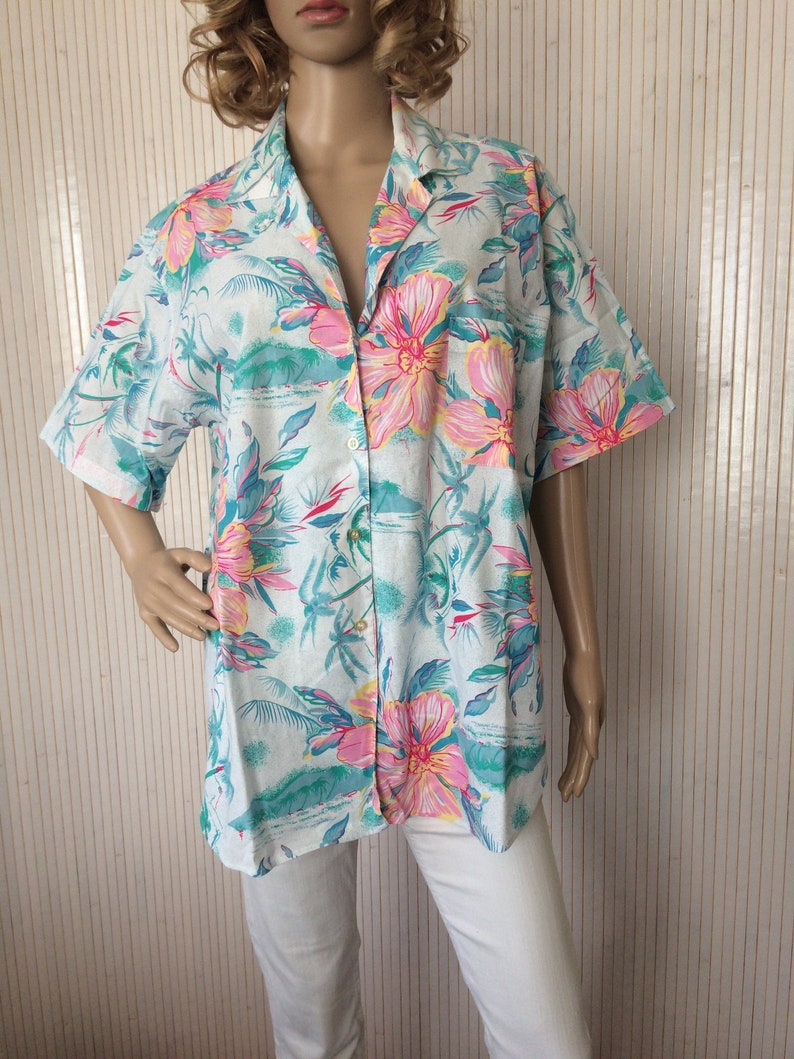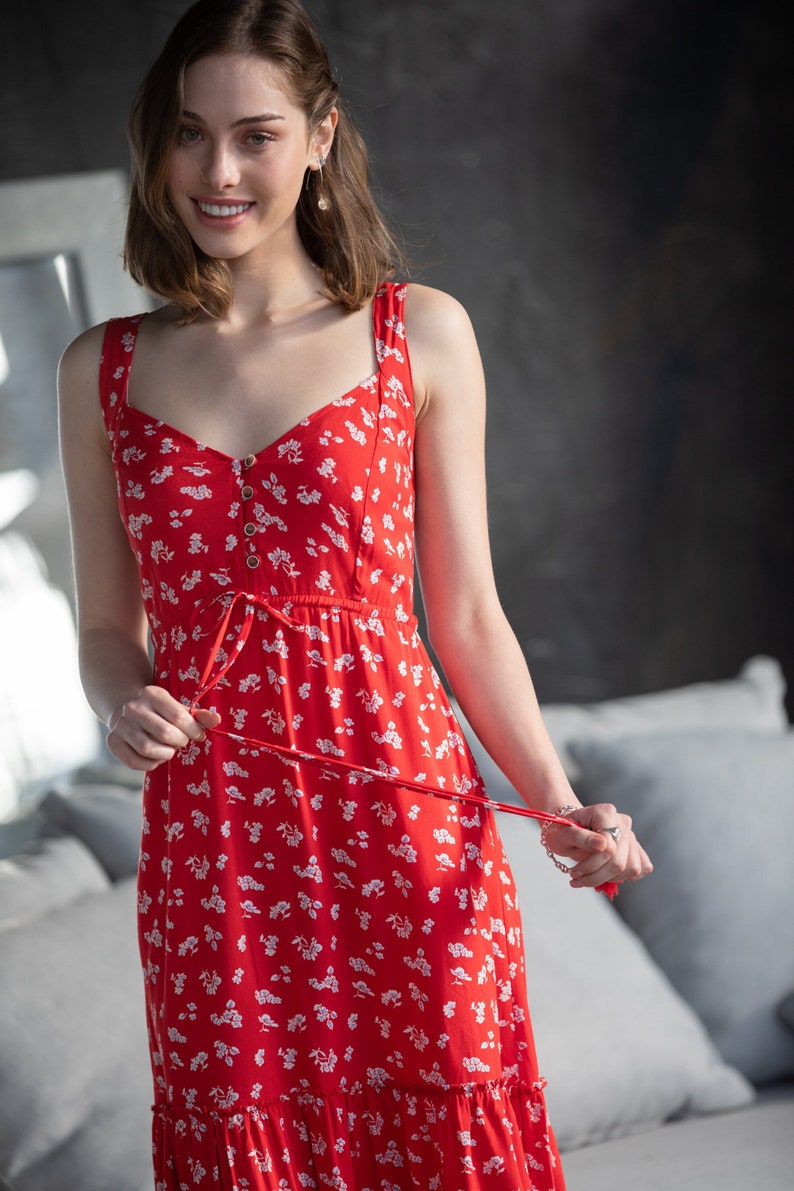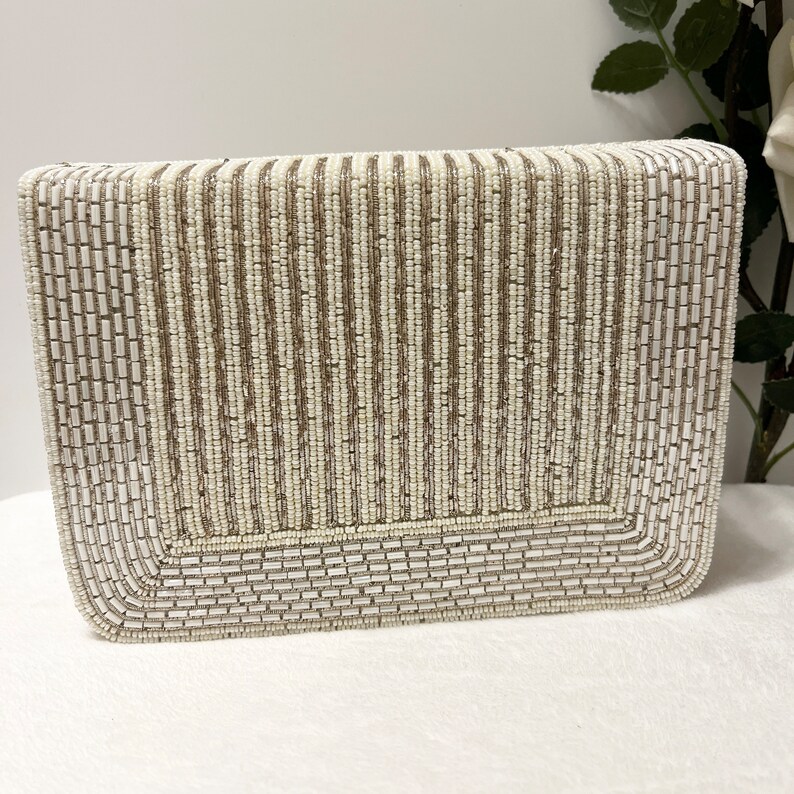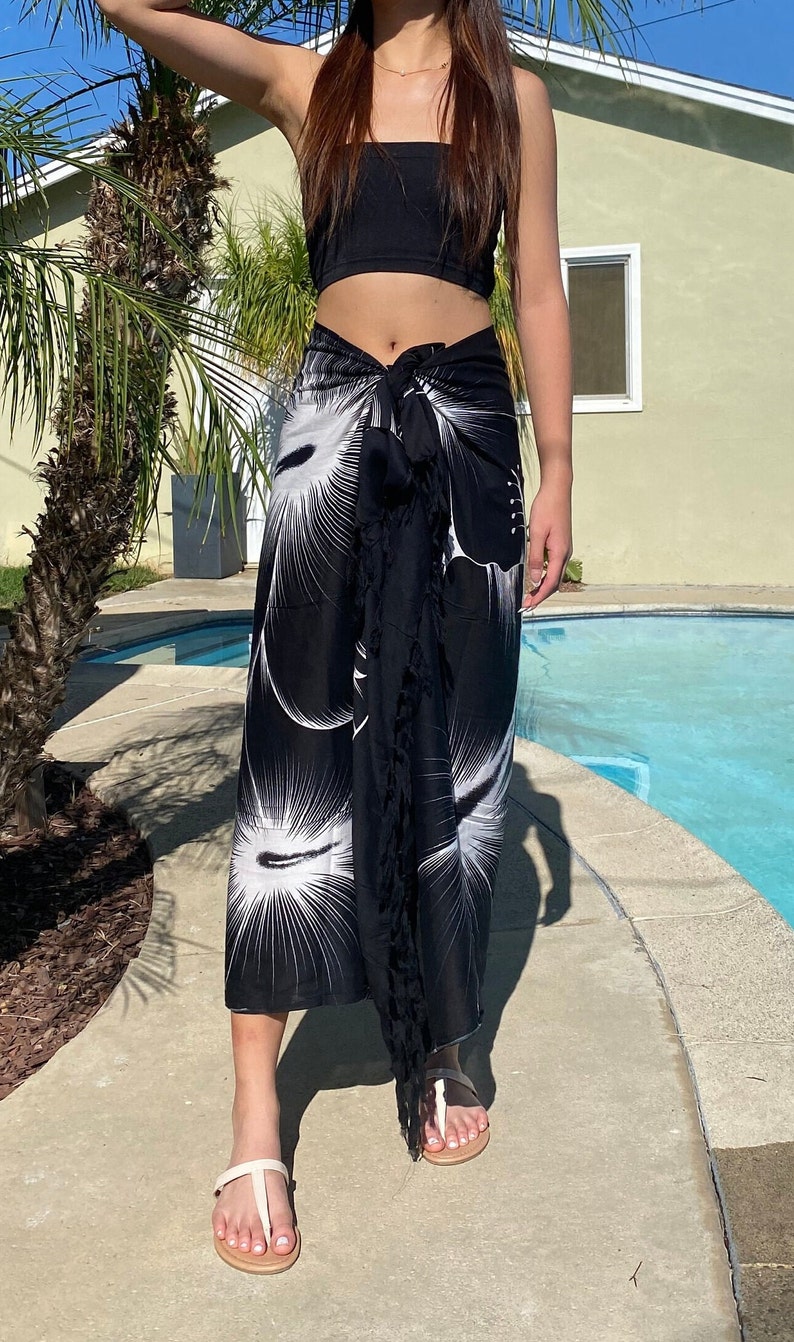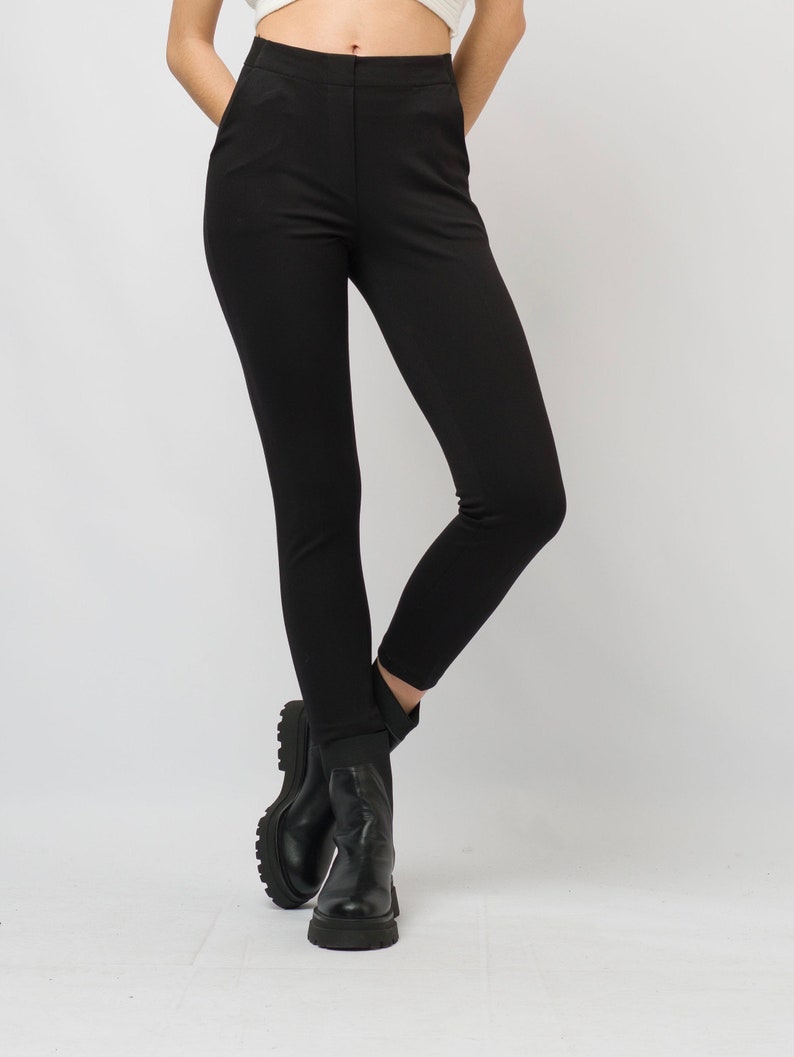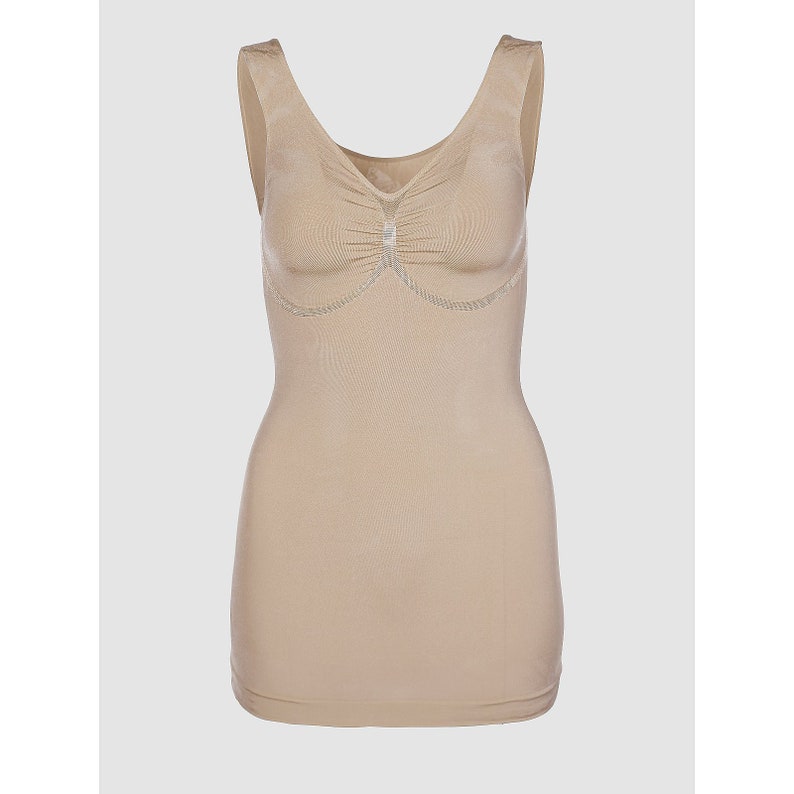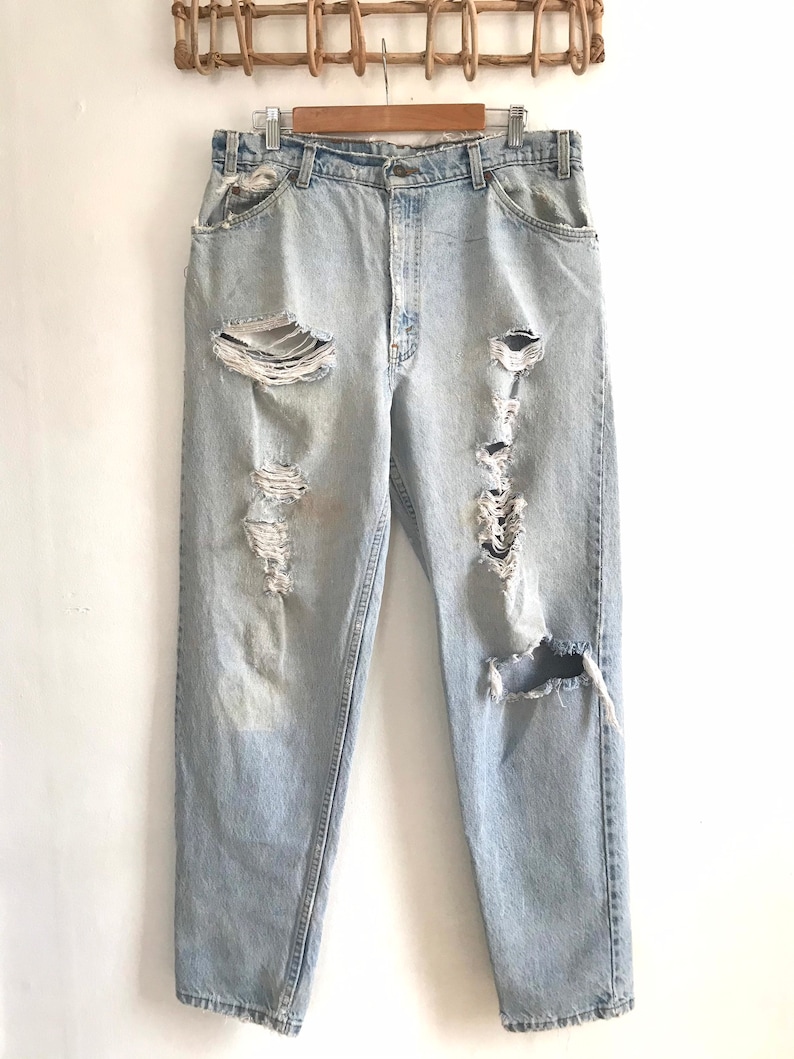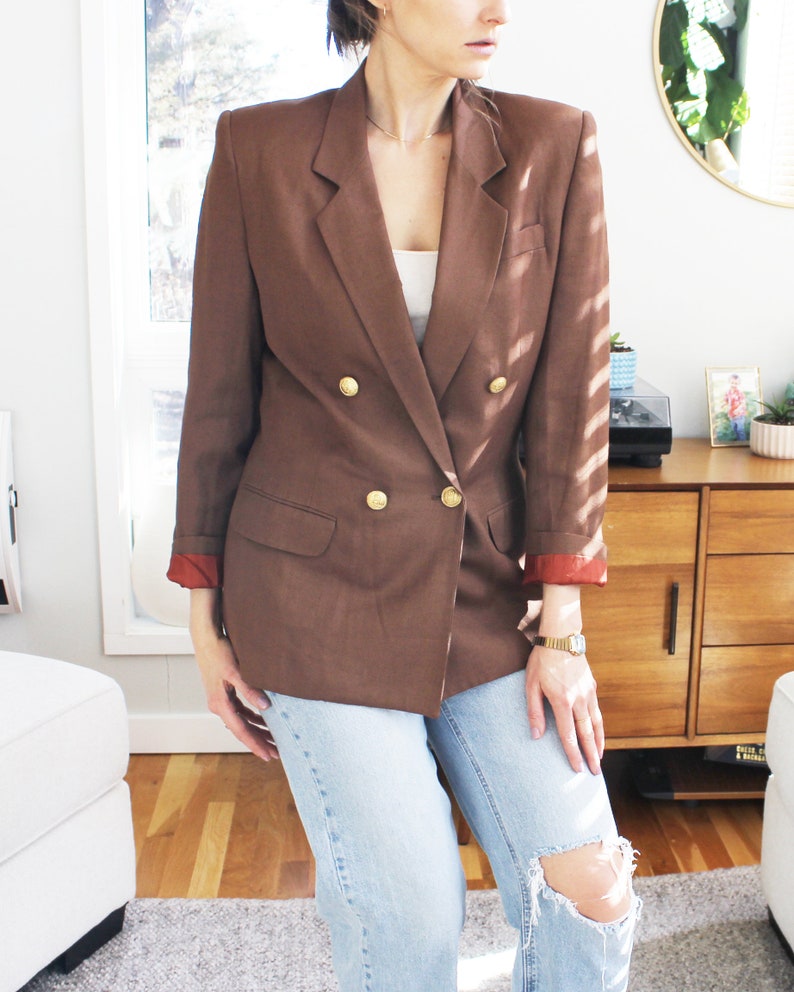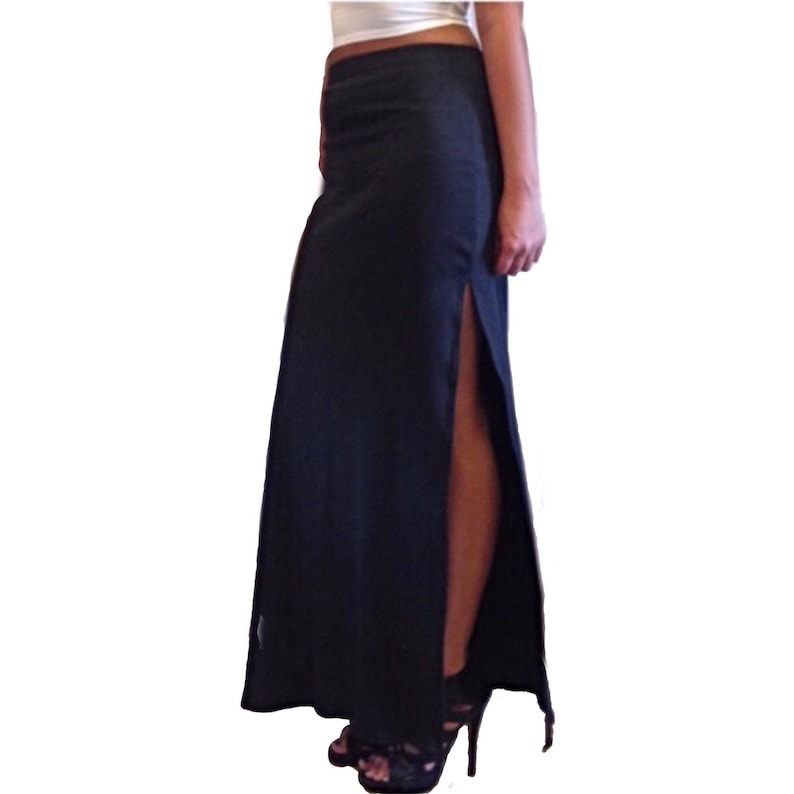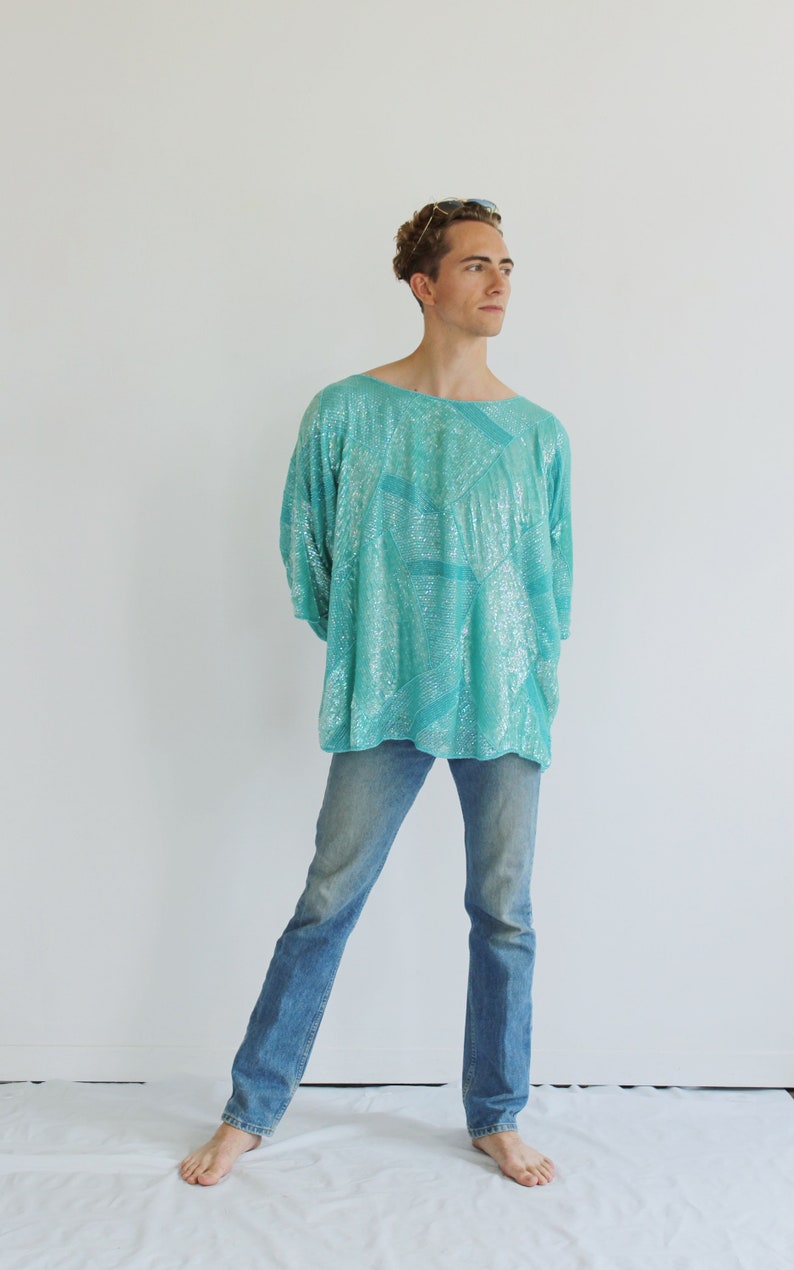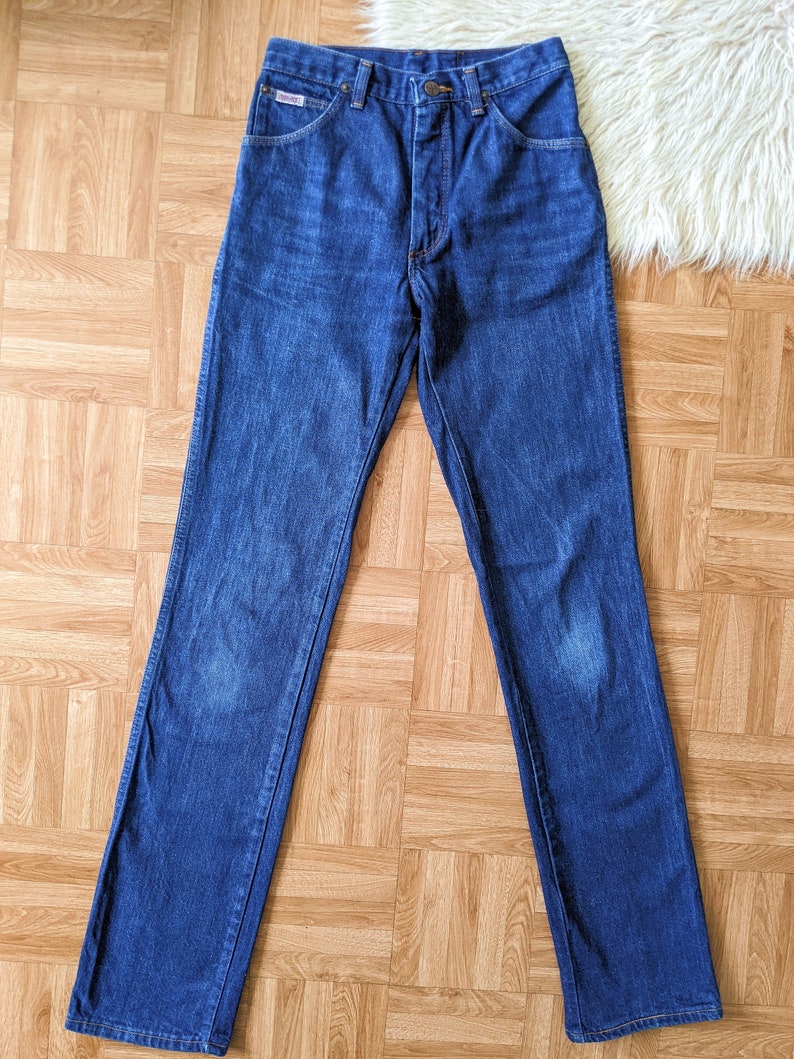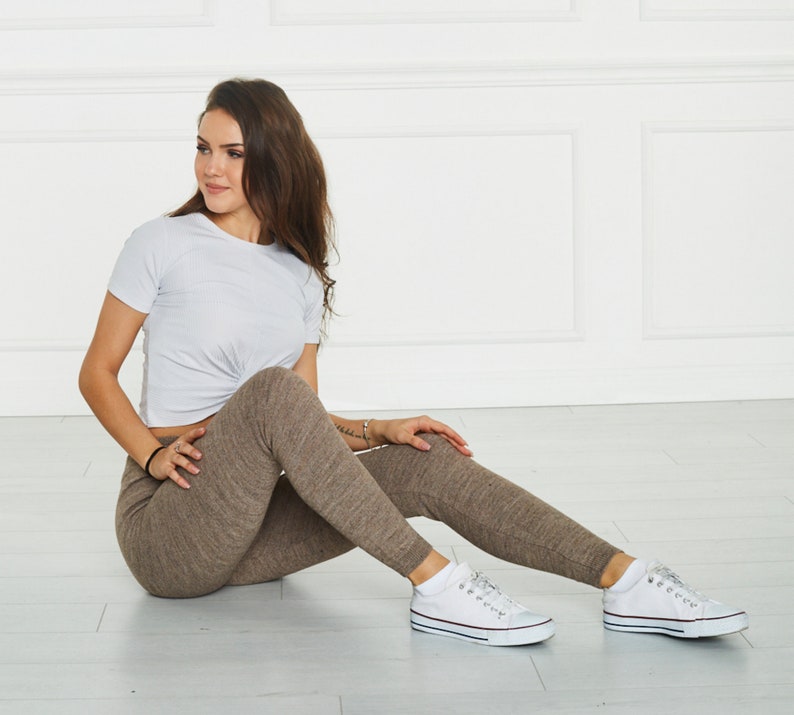Walking into my newly renovated living room last spring, I couldn’t help but smile at how a few thoughtful changes had completely transformed the space. After years of helping clients and experimenting in my own home, I’ve discovered that creating a stunning living space isn’t about following rigid rules – it’s about finding that perfect balance between comfort and style.
Let me share some of my favorite decor ideas that have consistently brought warmth and personality to any room they touch. Whether you’re looking to refresh your space or planning a complete makeover, these tried-and-true techniques will help you create a home that feels both sophisticated and welcoming.
1. Layer Your Lighting for Maximum Impact
Nothing transforms a room quite like properly layered lighting. I learned this lesson the hard way when I relied solely on overhead lights in my first apartment. The key is to incorporate lighting at different heights and intensities:
- Ambient lighting: Install dimmer switches on overhead fixtures
- Task lighting: Add desk lamps or reading lights
- Accent lighting: Use wall sconces or picture lights
- Decorative lighting: Include statement pendant lights or chandeliers
Pro Tip: Aim for at least three light sources in each room to create the perfect ambiance.
| Lighting Type | Best Locations | Recommended Bulb Temperature |
|---|---|---|
| Ambient | Living room, bedroom | 2700-3000K (Warm white) |
| Task | Office, kitchen | 3000-4000K (Cool white) |
| Accent | Art walls, shelving | 2700K (Warm white) |
| Decorative | Dining room, entryway | 2400-2700K (Soft white) |
RECREATE THIS LOOK
2. Embrace the Power of Textiles
The right combination of textiles can instantly make any room feel more inviting. I’ve seen countless spaces come alive with just a few strategic fabric additions:
- Layer different textures (velvet, linen, wool)
- Mix patterns while keeping a cohesive color scheme
- Add throw pillows in varying sizes
- Include cozy throws in different weights for year-round use
Designer Secret: Follow the 60-30-10 rule for color distribution in textiles:
| Percentage | Color Use | Example Elements |
|---|---|---|
| 60% | Dominant color | Large furniture, walls |
| 30% | Secondary color | Curtains, accent chairs |
| 10% | Accent color | Pillows, art pieces |
RECREATE THIS LOOK
3. Create Statement Walls That Tell Your Story
Gone are the days of basic accent walls. Today’s statement walls are all about personality and visual interest:
- Gallery walls with mixed frame sizes
- Textured wallpaper with subtle patterns
- Wooden slat walls for architectural interest
- Hand-painted murals or decals
Personal Experience: My favorite statement wall combines family photos with vintage botanical prints, creating a conversation starter that guests always notice.
RECREATE THIS LOOK
4. Incorporate Natural Elements
Bringing nature indoors has become more than just a trend – it’s a way to create a serene, grounded space:
- Add low-maintenance indoor plants
- Use natural wood furniture pieces
- Display collections of stones or shells
- Include woven baskets and natural fiber rugs
| Plant Type | Care Level | Best Room Location |
|---|---|---|
| Snake Plant | Easy | Low-light corners |
| Pothos | Easy | Hanging baskets |
| Bird of Paradise | Moderate | Bright living spaces |
| ZZ Plant | Easy | Office or bedroom |
RECREATE THIS LOOK
5. Master the Art of Styling Shelves
Well-styled shelves can serve as both functional storage and artistic displays:
- Group items in odd numbers
- Vary heights and textures
- Include both horizontal and vertical elements
- Leave some negative space
Styling Formula:
| Shelf Section | Content Mix | Purpose |
|---|---|---|
| Top Shelf | Tall items + art | Visual anchor |
| Middle Shelves | Books + decorative objects | Main display |
| Bottom Shelf | Larger items + storage boxes | Grounding elements |
RECREATE THIS LOOK
6. Define Spaces with Area Rugs
The right rug can tie a room together and create distinct zones in open spaces:
- Layer rugs for added texture
- Choose appropriate sizes (furniture legs should sit on the rug)
- Consider high-traffic areas when selecting materials
- Use rugs to define seating areas
RECREATE THIS LOOK
7. Mix Vintage and Modern Pieces
Creating a curated look means combining old and new elements thoughtfully:
- Pair vintage furniture with modern art
- Mix metallic finishes
- Blend different wood tones
- Incorporate family heirlooms with contemporary pieces
RECREATE THIS LOOK
8. Maximize Small Spaces with Smart Storage
Making the most of available space while maintaining style:
- Use furniture with hidden storage
- Install floating shelves
- Incorporate ottoman storage
- Add under-bed storage solutions
| Space Type | Storage Solution | Style Integration |
|---|---|---|
| Living Room | Ottoman with storage | Doubles as seating |
| Bedroom | Under-bed drawers | Hidden by bed skirt |
| Office | Wall-mounted shelves | Display + function |
| Entry | Storage bench | Seating + organization |
RECREATE THIS LOOK
9. Create Cozy Conversation Areas
Design spaces that encourage connection and conversation:
- Arrange seating in groups
- Keep coffee tables within easy reach
- Include side tables for drinks
- Consider traffic flow
RECREATE THIS LOOK
10. Add Personality with Accessories
The finishing touches that make a house feel like home:
- Display personal collections
- Include meaningful artwork
- Add scented candles or diffusers
- Incorporate mirrors for light and space
RECREATE THIS LOOK
Frequently Asked Questions
Q: How do I choose the right size rug for my living room?
A: Ensure all furniture legs can sit on the rug, or at least the front legs. For living rooms, leave 12-18 inches of floor showing around the perimeter of the room.
Q: What’s the ideal height for hanging artwork?
A: Center your artwork at eye level, typically 57-60 inches from the floor to the center of the piece. For gallery walls, treat the entire arrangement as one unit.
Q: How can I make a small room look bigger?
A: Use light colors, incorporate mirrors, keep furniture proportional, and maintain clear pathways. Vertical storage solutions and multi-functional furniture are also key.
Q: What’s the best way to mix patterns without overwhelming a room?
A: Start with a main pattern, then add complementary patterns in different scales. Keep colors coordinated and include solid pieces to give the eye rest points.
Q: How many throw pillows are too many?
A: For a standard sofa, 3-5 pillows usually work well. For a sectional, you might use up to 7. The key is to maintain both comfort and visual appeal without overcrowding.
Expert Tips for Success
- Start with a clear vision but be flexible as you decorate
- Invest in quality pieces for items you use daily
- Don’t rush – collect pieces over time that truly speak to you
- Consider the flow between rooms for a cohesive look
- Test paint colors and wallpaper samples before committing
- Take photos of your space to view it objectively
- Edit regularly – sometimes less is more
Remember, the best-designed spaces evolve over time and reflect the personalities of those who live there. Don’t be afraid to experiment and make changes as your style evolves.



